Container Cattail Care: Tips For Growing Cattails In Pots
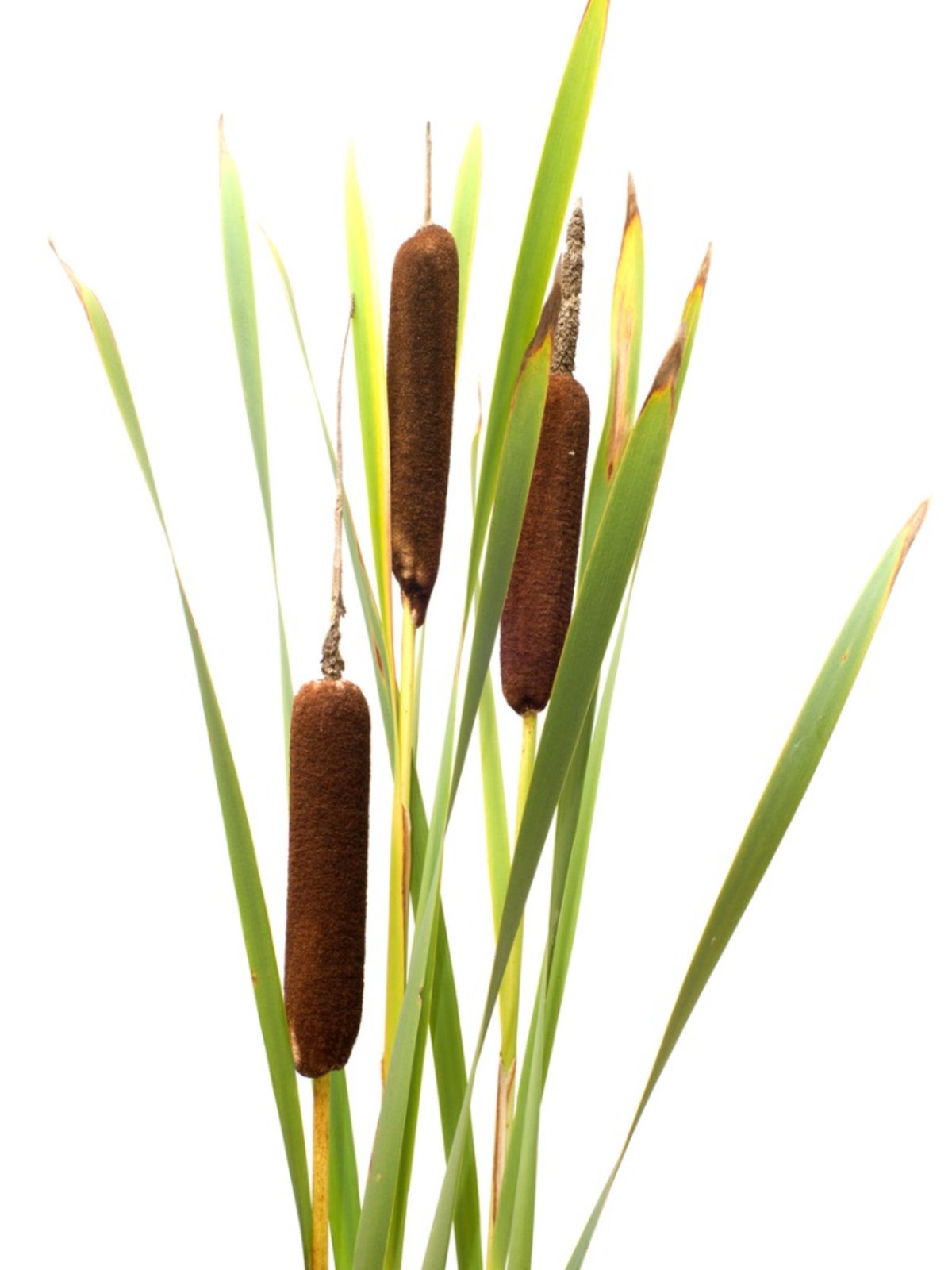

Cattails are familiar majestic plants seen en masse in roadside ditches, flooded areas and marginal sites. The plants are a high nutrient food source for birds and animals, and provide nesting material for water birds. The sword-like leaves and characteristic inflorescence are unmistakable and present an architectural profile that is familiar to most people. Several species are native to North America, which gardeners may grow in their home ponds, water features or water gardens. Container cattail care is easy in most zones and produces a memorable display for almost the entire year.
Information About Potted Cattails
Cattails will spread rapidly in the correct situation, which is why you see them spread out in a sea of leaves and cone-like catkins. Growing cattails in pots will prevent them from invading other areas of the pond or garden. Potted cattails keep the rampant rhizomes from extending to unwanted areas. Since native varieties can get up to 6 feet (1.8 m.) in height, dwarf varieties are available which work better in container water gardens. Container grown cattail plants are available online or at pond and water garden supply centers. They come as rhizome starts or already sprouted in permeable baskets.
How to Grow Cattail in Containers
This bog plant is suitable for USDA zones 3 to 9 and can be brought indoors in containers to overwinter if necessary. The plants perform best in full sun to partial shade in soggy soil or up to 12 inches (30 cm.) of water. The cattail starts you can purchase may be bare root, in water garden baskets or sprouted in shallow pots. Shipped plants take a while to take off and may take a season or two before you see the summer catkins that are such a recognizable aspect of these water plants. Start growing cattails in pots in spring when ambient temperatures have warmed to 60 F. (15 C.), or sit them in water indoors to get the rhizomes to sprout then move them outdoors.
Container Cattail Care
Cattails grow rapidly and will start to sprout as soon as they are installed and conditions warm outside. Plant them in 1-gallon containers, which are stout and not readily breakable. They have to contain the rhizomes as they develop and grow. Submerge the pot in water up to the rim or alternately, use a webbed water garden basket which holds the rhizomes suspended inside. Container grown cattail plants need little care once they establish. In colder climates, the foliage dies back so you should cut the dead leaves away to make room for new growth in spring. The catkins disperse fuzzy white seeds in fall. If you wish to prevent spread of the plant by this method, cut off the catkins as they loosen and begin to dry and form seed. Fertilize in early spring with a balanced liquid fertilizer or water plant food. Once every three years, remove the rhizomes and cut the plant into sections. You can replant the sections for new plants and share them with other water garden lovers.
Gardening tips, videos, info and more delivered right to your inbox!
Sign up for the Gardening Know How newsletter today and receive a free copy of our e-book "How to Grow Delicious Tomatoes".

Bonnie Grant is a professional landscaper with a Certification in Urban Gardening. She has been gardening and writing for 15 years. A former professional chef, she has a passion for edible landscaping.
-
 Looking For Plants To Give You The Soft And Fuzzies? Try These 5 Fuzzy Leaf Plant Options
Looking For Plants To Give You The Soft And Fuzzies? Try These 5 Fuzzy Leaf Plant OptionsLovers of texture, drama, silver foliage and tactile plants will adore these special sensory garden additions. These fuzzy leaf plant options will leave you all aglow
By Susan Albert
-
 Get Ready For A Summer Of Hummers! Grow These Full Sun Hummingbird Plants and Flowers
Get Ready For A Summer Of Hummers! Grow These Full Sun Hummingbird Plants and FlowersIf you’re lucky enough to enjoy a sunny backyard, make sure you are maxing out on your pollinator opportunities and grow these full sun hummingbird plants and flowers
By Tonya Barnett
-
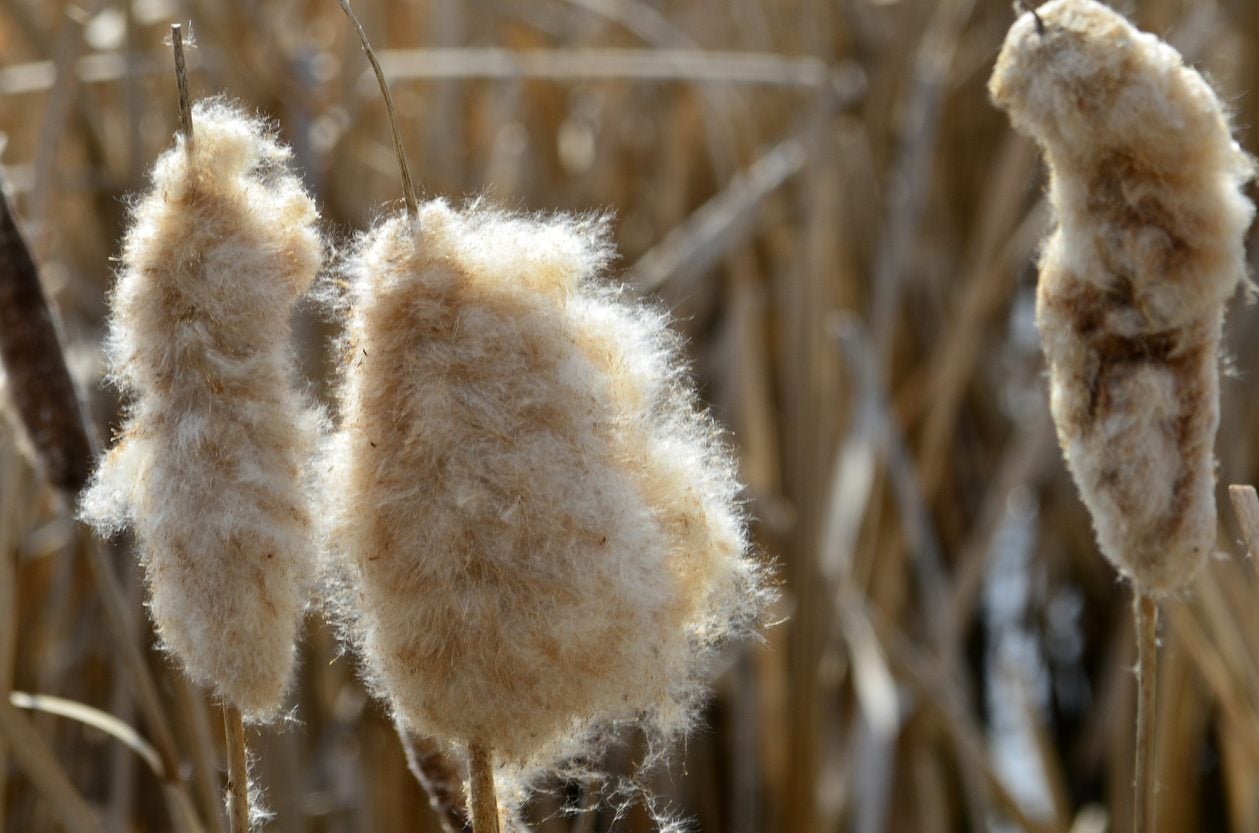 What To Do With Cattail Seeds: Learn About Saving Cattail Seeds
What To Do With Cattail Seeds: Learn About Saving Cattail SeedsCollecting cattail seeds and planting them successfully requires timing and the right conditions. Read this article to learn what to do with cattail seeds and how to propagate this plant with a long history of use. Click here for more information.
By Bonnie L. Grant
-
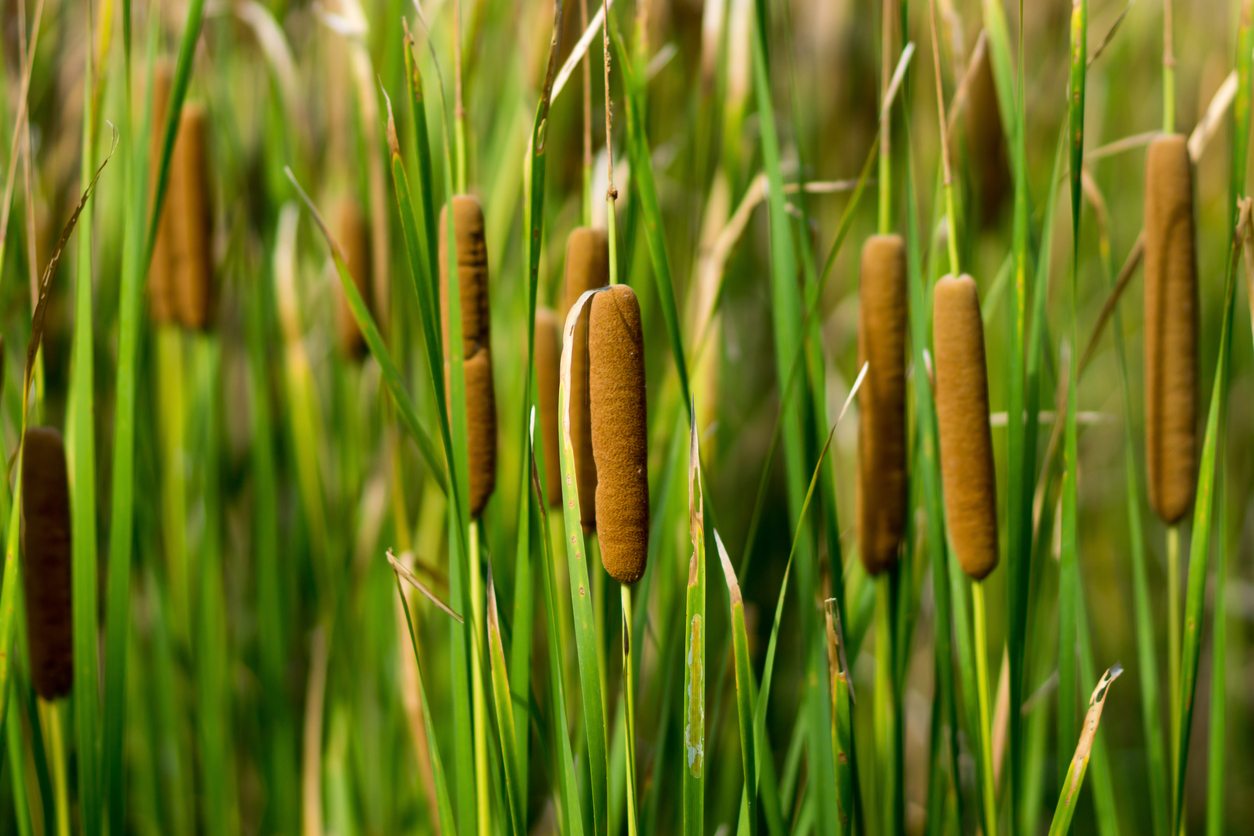 Uses For Cattail Plants: Information On Mulching With Cattails
Uses For Cattail Plants: Information On Mulching With CattailsCattails are notorious for being aggressive. On the plus side, they are one of the best natural filters for ponds, lakes, streams, etc., taking up valuable nutrients that can be used as soil amendments and mulch. Learn about mulching with cattails here.
By Darcy Larum
-
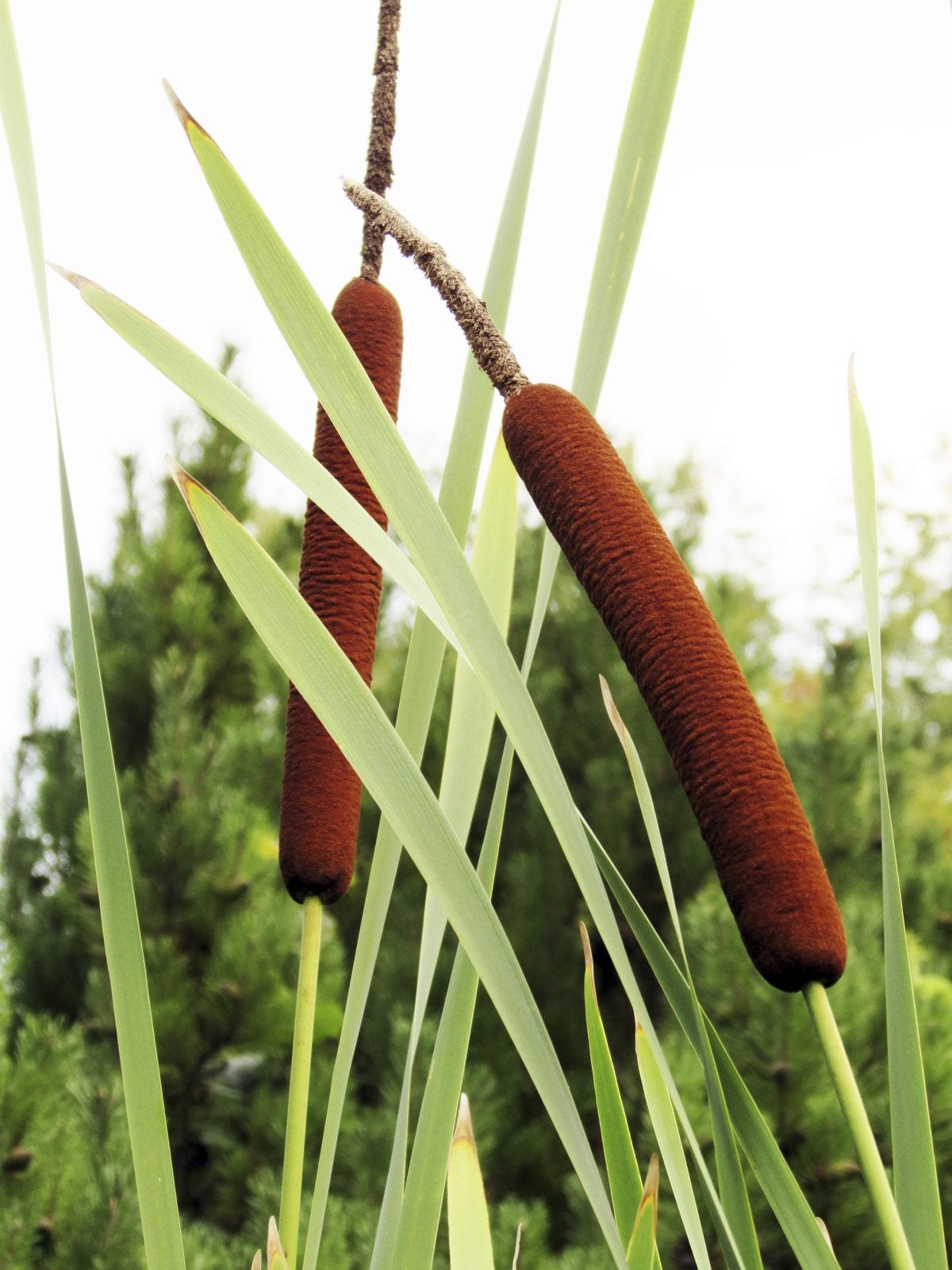 Cattails In The Kitchen – Tips For Using Edible Parts Of A Cattail
Cattails In The Kitchen – Tips For Using Edible Parts Of A CattailHave you ever looked at a stand of cattails and wondered is the cattail plant edible? Using edible parts of a cattail in the kitchen is nothing new, except maybe the kitchen part. So what parts of cattail are edible? Find out in this article.
By Amy Grant
-
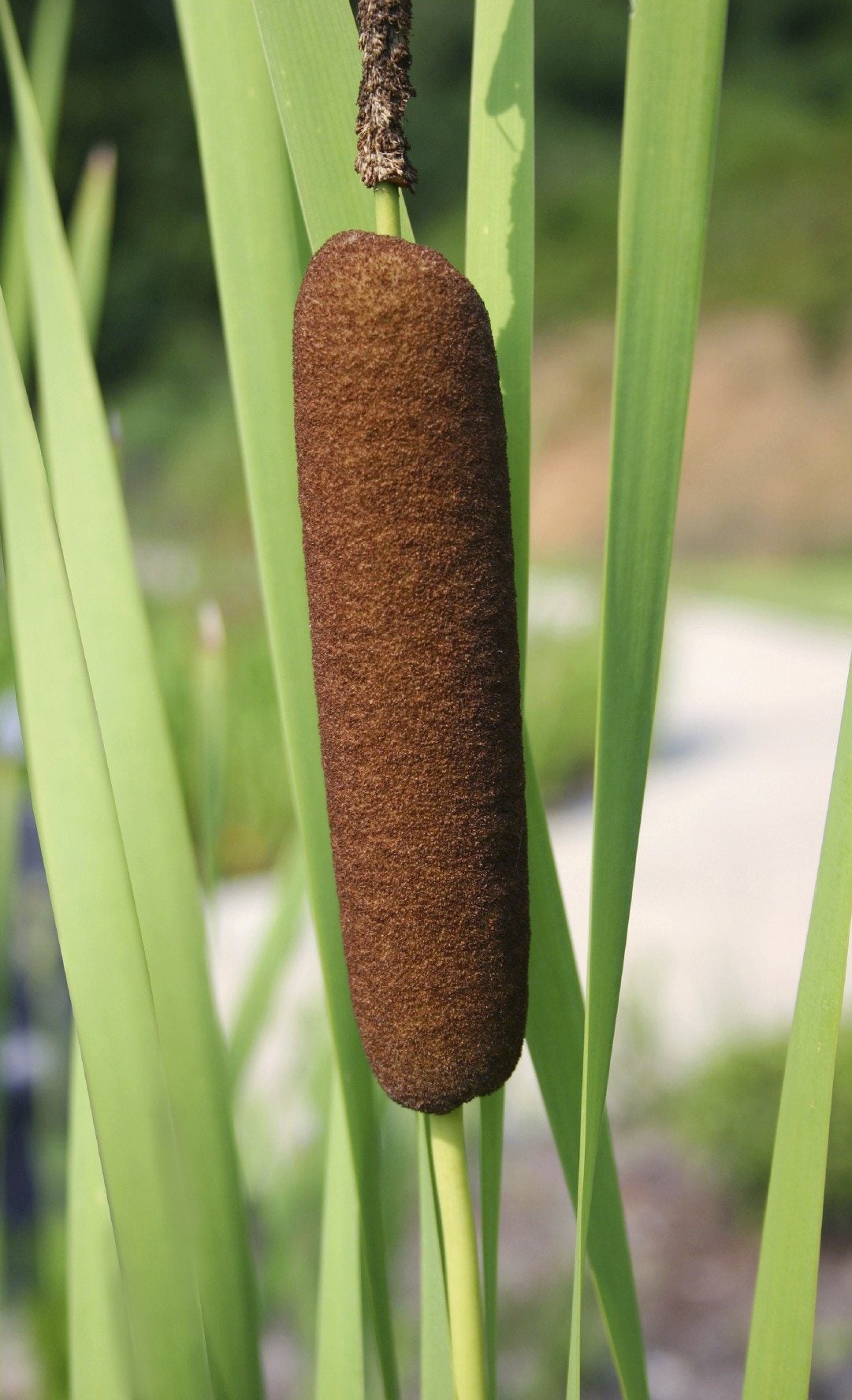 Cattail Harvesting: Tips On Harvesting Wild Cattails
Cattail Harvesting: Tips On Harvesting Wild CattailsDid you know wild cattails were edible? Yes, those distinctive plants growing alongside the water's edge can easily be harvested. Sound intriguing? Find additional information in this article and learn more about what cattails are used for.
By Gardening Know How
-
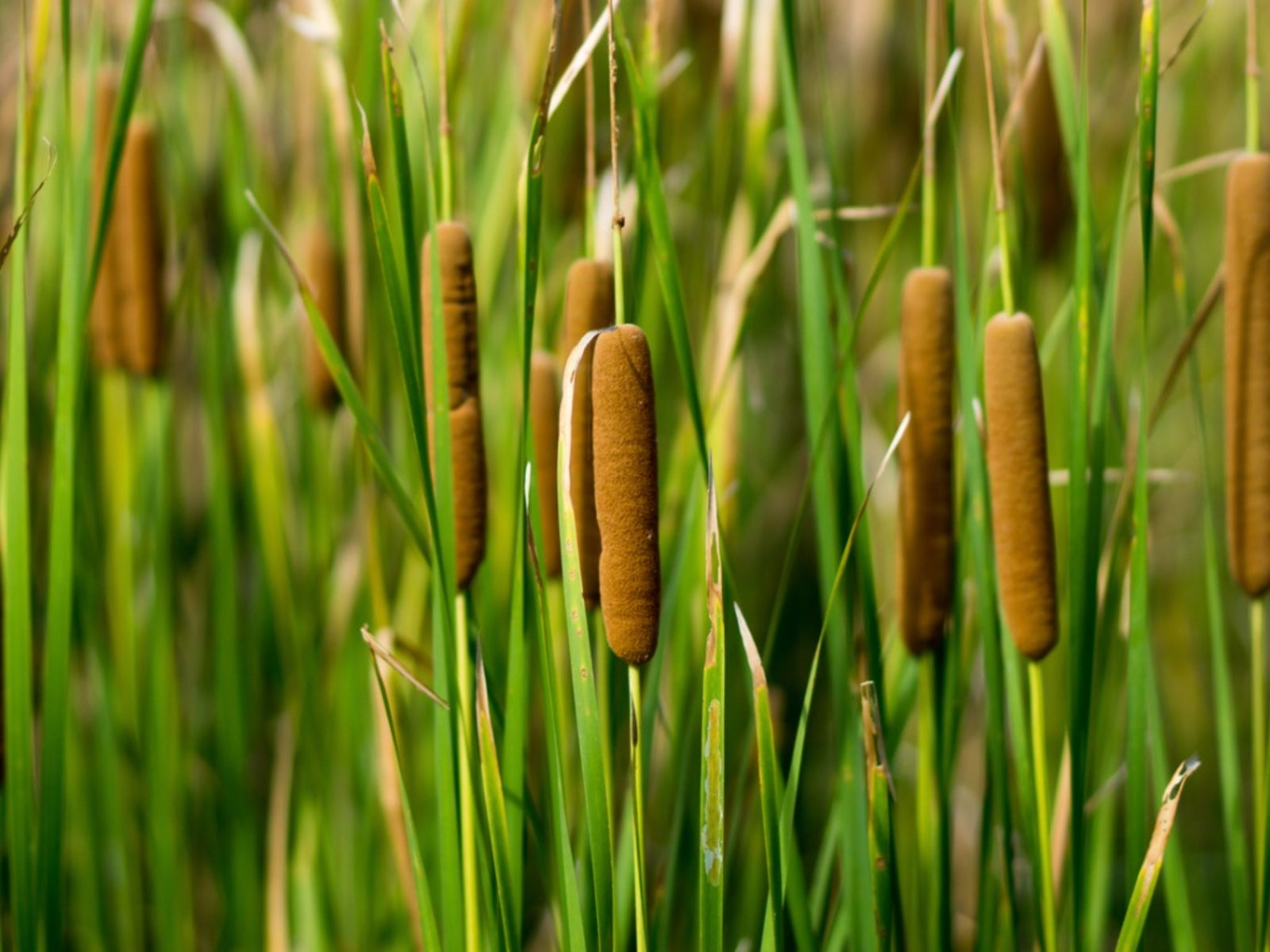 Tips On How To Control Cattails For The Pond
Tips On How To Control Cattails For The PondBy Jackie Rhoades